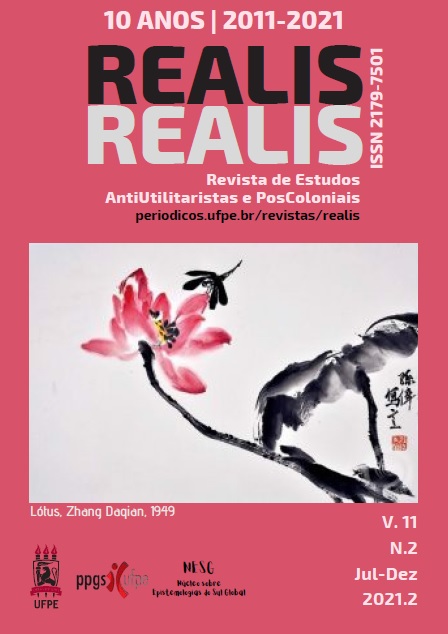In 70 years how did the New China eliminate extreme poverty?
DOI:
https://doi.org/10.51359/2179-7501.2021.252611Keywords:
poverty alleviation, economic development, rural development, ChinaAbstract
China is noted for remarkable reductions in rural poverty and aims to eliminate it by 2020. Achieving this outcome requires identification of the remaining poor population and a strategy that effectively addresses the causes of their poverty. This article explores the ways in which China has converted itself from the poorest country in the world in 1949 to a country in which extreme poverty is on the verge of disappearance. It examines the roles of economic growth and a a targeted combination of traditional development-oriented policy for poverty counties, villages and regions with wider minimum life guarantees and welfare services. The conclusions draw on a 2017 survey of 4,626 rural households and 13,689 individuals in 628 counties to point to some of the characteristics of the contemporary rural population.References
DUNFORD, M., GAO, B., & LI, W. (2019). Who, where and why? Characterizing China’s rural population and residual rural poverty. Area Development and Policy, 1-30. doi:10.1080/23792949.2019.1571425
LI, S. (2014). Poverty Reduction and Effects of Pro-poor Policies in Rural China. China & World Economy, 22(2), 22-41. doi:10.1111/j.1749-124X.2014.12060.x
LIU, W., DUNFORD, M., SONG, Z., & CHEN, M. (2016). Urban–rural integration drives regional economic growth in Chongqing, Western China. Area Development and Policy, 1(1), 132-154. doi:10.1080/23792949.2016.1151758
LIU, Y., & LONG, H. (2015). Transformation of rural China. In M. L. Dunford, Weidong (Ed.), The geographical transformation of China (pp. 88-110). London and New York: Routledge.
TIEJUN, W. (2001). Centenary reflections on the 'three dimensional problem' of rural China. Inter-Asia Cultural Studies, 2(2), 287-295. doi:10.1080/14649370120068586
WANG, S. (2005). Poverty targeting in the People's Republic of China. In Poverty targeting in Asia (pp. 136-185). Tokyo, Cheltenham (UK) and Northamption, MA (USA): Asian Development Bank Institute and Edward Elgar.
WEISS, J. (2005). Experiences with poverty targeting in Asia: an overview. In J. Weiss (Ed.), Poverty targeting in Asia (pp. 1-33). Cheltenham and Nothampton, MA.: Edward Elgar.
YEP, R., & FORREST, R. (2016). Elevating the peasants into high-rise apartments: The land bill system in Chongqing as a solution for land conflicts in China? Journal of Rural Studies, 47, 474-484. doi:10.1016/j.jrurstud.2016.07.017
Downloads
Published
Issue
Section
License
A revista se reserva o direito de efetuar, nos originais, alterações de ordem normativa, ortográfica e gramatical, com o intuito de manter o padrão culto da língua, respeitando, porém, o estilo dos autores;
As opiniões emitidas pelos autores são de sua exclusiva responsabilidade
Os direitos autores para artigos publicadoss nesta são dos autores, com direitos de primeira publicação para a REALIS. Todos o contéudo da revista, com exceção de caos especificamente declarados, é licenciado sob licença Creative Commons CC Atribuição Não Comercial 4.0 Internacional. Devido à política de acesso aberto da Revista, todos os artigos são gratuitos e livres para uso, com atribuição apropriada, para fins educacionais e não-comerciais.


